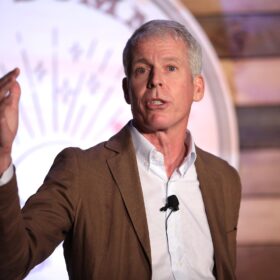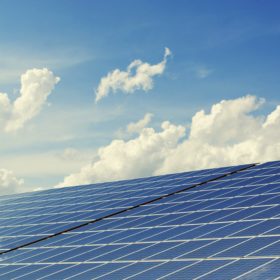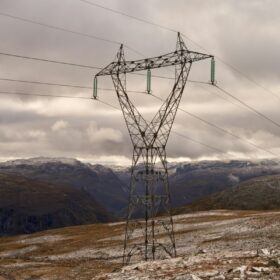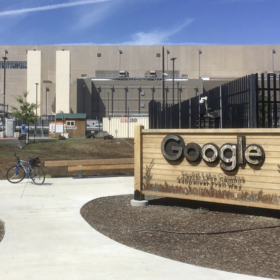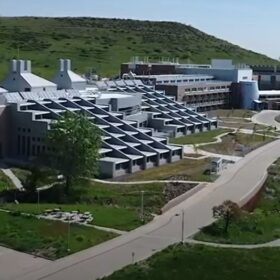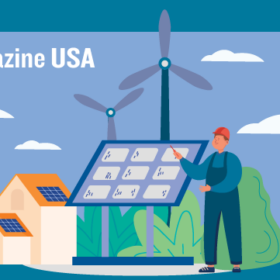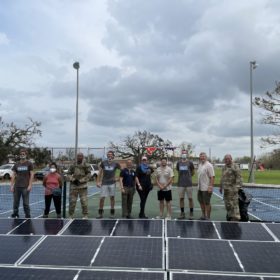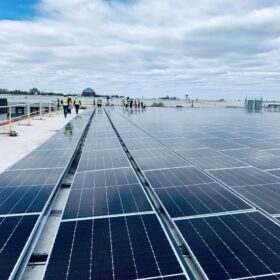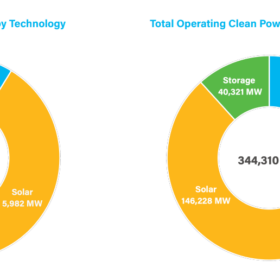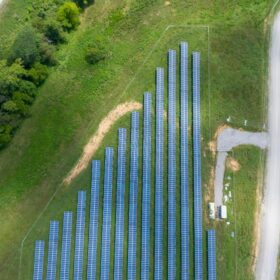Department of Energy removes renewable energy, climate offices
The Trump Administration DOE has removed the Office of Energy Efficiency and Renewable Energy, Office of Clean Energy Demonstrations and others from its organizational chart, absorbing them into the Office of Critical Minerals and Energy Innovation.
Unstable permitting, aging grid threaten U.S. AI leadership, 113 GW of clean energy at risk
The Solar Energy Industries Association (SEIA) warns that current policies risk U.S. energy dominance and grid reliability as data center demand surges. In comments to the U.S. Department of Energy, the association highlights solar and storage as the only energy sources available at scale today but notes over 110 GW of capacity is imperiled by regulatory instability.
Protecting the grid from extreme weather
IEC Standards help to make the grid more resilient as the impact of climate change intensifies.
Can BESS answer U.S. data center power demand?
Data centers’ energy demand is well-documented. Hyperscale AI data centers owned by big-tech companies are placing acute strain on energy infrastructure in the United States, the global data center capital, and many more are expected to come online. There is ongoing debate about how policymakers, grid operators, regulators and the energy industry – renewable or otherwise – can respond to the situation. Battery energy storage systems (BESS) can provide grid-balancing solutions, but not all are convinced they can fully replace gas.
Department of Energy axes $3.7 billion in clean energy demonstration funding
DOE said the projects “failed to advance the energy needs of the American people.”
National Renewable Energy Lab announces layoffs
A statement released by NREL calls the layoffs an “involuntary separation,” thanks the employees for their work and acknowledges that the mission is critical to achieving “an affordable and secure energy future.”
States that adopt recent building energy efficiency codes save more energy
A report highlights the increasing benefits of building energy efficiency codes, and maps the states that are adopting them. Building energy efficiency is a key element of a least-cost 100% renewables grid, the National Renewable Energy Laboratory has found.
Where in the world is Jigar Shah?
After a two-month break following dismissal from his position as director of the Department of Energy’s Loan Programs Office, Shah can soon be found behind a microphone with a podcaster’s hat on.
Sunrise brief: U.S. surpasses 50 GW of solar module manufacturing capacity
Also on the rise: U.S. raises tariffs to 60% on Chinese solar polysilicon, wafer and cell. KORE Power halts Arizona energy storage factory. And more.
Chris Wright confirmed as energy secretary
Though not a denier of climate change, Wright says the “hazards of climate change are distant and uncertain” and that more fossil fuel production is needed to lift people from poverty.
